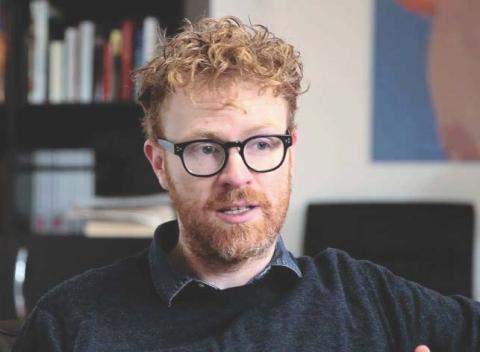


In the mid-1950s at Bell Labs, America’s wealthiest and most influential industrial research center, mathematician Claude Shannon began theorizing, writing about, and building automata. Initially conceived as laboratory playthings and thought experiments, these devices emerged as minor celebrities in 1950s science and popular culture. In this lecture, Bernard Dionysius Geoghegan (Northwestern University, MIT Visiting Scholar) situates these artifacts within postwar exhibition and publicity practices at Bell Labs, which regularly re-constructed specialized research as sensual theaters for scientific play and the popular imagination. Tracing these artifacts’ migration from the laboratory to postwar television and popular press, and borrowing from the work of Bertolt Brecht, Geoghegan develops a concept of theatrical science that bridges research methods in the history of science and media studies.
Co-presented with the Program in Science, Technology and Society.